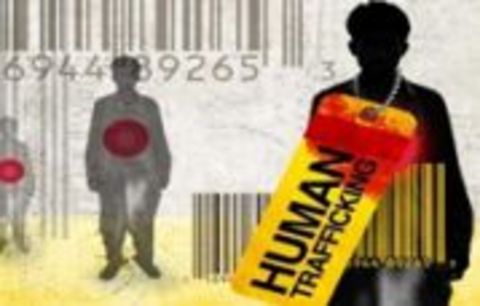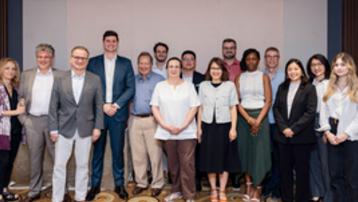Notre regard sur ...
Human trafficking risks in Asia's supply chains: How should businesses respond?

This year’s CSR Asia Summit will have a particular focus on human trafficking as part of a stream of workshops and panel discussions about supply chains and human rights. You can get more information here.
At the end of July a Thai court convicted and sentenced a former three-star general and 61 other defendants Thailand’s largest ever human trafficking case. Those convicted were tried together on charges related to involvement in a transnational human smuggling ring.
Former Army Lt. Gen. Manas Kongpaen was sentenced to 27 years for trafficking Rohingya Muslims and Bangladeshis as part of a crime syndicate that was exposed through the unearthing of a mass grave in the jungle in the south of Thailand. Manas held a key post in maintaining security in Thailand’s southern border region and preventing illegal migration there, but participated in the smuggling of people. anas, instead of pushing back or denying entry to those Rohingya migrants, cooperated with the human traffickers, unduly taking benefits from the trafficking ring. The discovery of the graves of 32 migrants led Thai authorities to launch a crackdown on illegal immigration and seal its maritime borders to boats smuggling in people from Bangladesh and Myanmar.
The verdict and sentences are being seen as a milestone in Thailand’s ongoing efforts to eradicate human trafficking and represents an important step in efforts to combat human trafficking in Thailand and the wider region.
But this story simply highlights the risks facing business across Asia who can be unwilling and unknowing counterparts in supply chains where victims of human trafficking might be found. The fact that there is increased media interest in this issues along with an increasing willingness on the part of authorities to uncover such criminal acts, means that companies need to be even more diligent if they are to avoid both reputational and regulatory risks.
Given the complex nature of any supply chain used throughout a production process, there can be a number of risks to companies associated with human trafficking. Awareness of these risks and knowledge of the ways that traffickers may use a company’s workplaces or supply chain in connection with their trafficking activities can help companies avoid reputational damage, business interruptions, potential lawsuits, community conflicts, protests and a loss of consumer trust, all of which can impact on financial performance. Monitoring can help companies to ensure that measures are in place throughout the company’s entire supply chain. But creating a broad consensus against human trafficking amongst all stakeholders will also be important.
In order to help to combat human trafficking there a number of practical measures that companies should undertake to play their part in dealing with the scourge of trafficking:
- Undertake human rights risks assessments that include identifying risks associated with human trafficking wherever business is carried out.
- Create and implement strong and substantive human rights policies for the company and its suppliers, raise awareness about the risks and consequent costs of using trafficked labour.
- Train staff, suppliers, vendors, contractors and auditors to better understand company policies, how to effectively implement them and ways to avoid the risks associated with inaction.
- Analyze corporate activities, linkages and relationships with suppliers and how these affect people and their rights in order to prevent human rights abuses.
- Determine high-risk industry sectors and countries in order to mitigate instances of human trafficking in the supply chain.
- Review, develop, and implement auditing mechanisms to ensure compliance with corporate human rights policies. But be aware that audits will not necessarily uncover all cases of trafficking (particularly when they exist deep in the supply chain).
- Collaborate with stakeholders (including local government authorities, NGOs and local communities to identify risks associated with trafficking and to help victims.
- Develop mechanisms along the supply chain so that people who have been trafficked or people who are aware of instances of trafficking can report concerns to you without fear of retaliation.
- Be part of broad industry-led multi-stakeholder initiatives that include proactive attempts to tackle trafficking and other human rights abuses along supply chains.
- Produce honest and open reports on anti-trafficking programs and practices, including measurements of progress and success.
Source: CSR Asia


